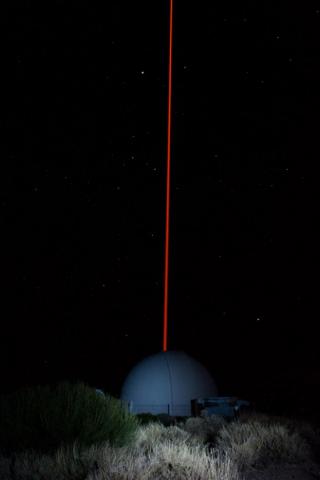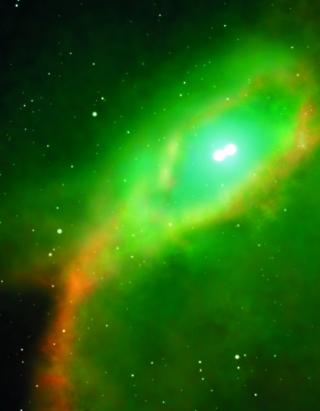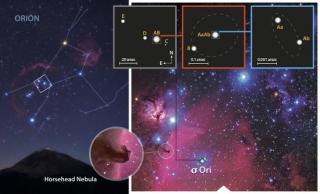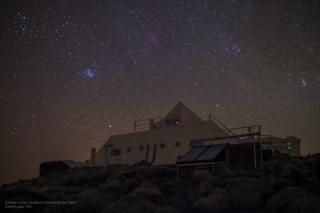
The Institute of Astrophysics of the Canaries and the Museum of Science and the Cosmos set in operation the "Rømer Project", motivated by the International Year of Light, 2015.
Advertised on
This section includes scientific and technological news from the IAC and its Observatories, as well as press releases on scientific and technological results, astronomical events, educational projects, outreach activities and institutional events.





